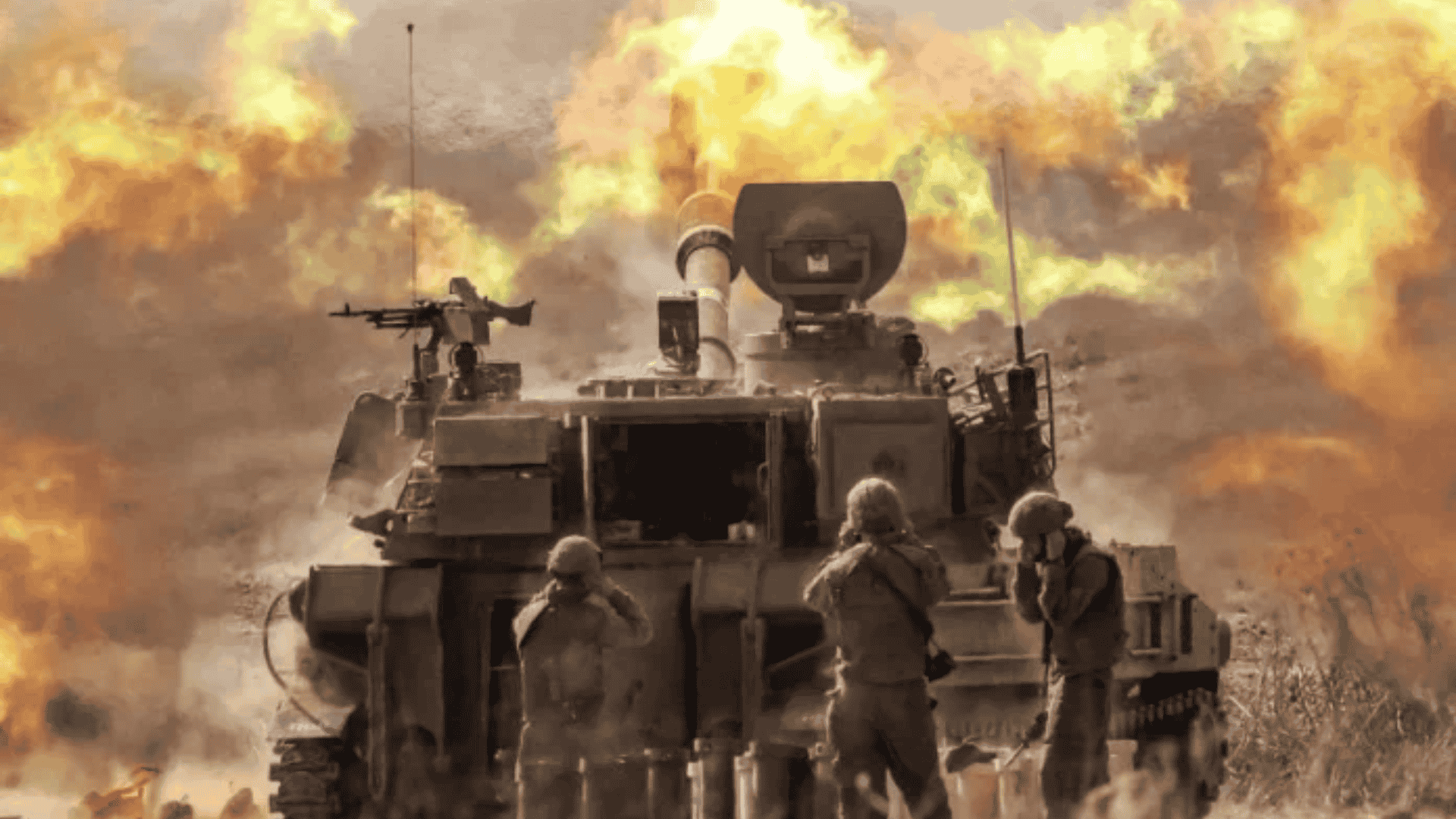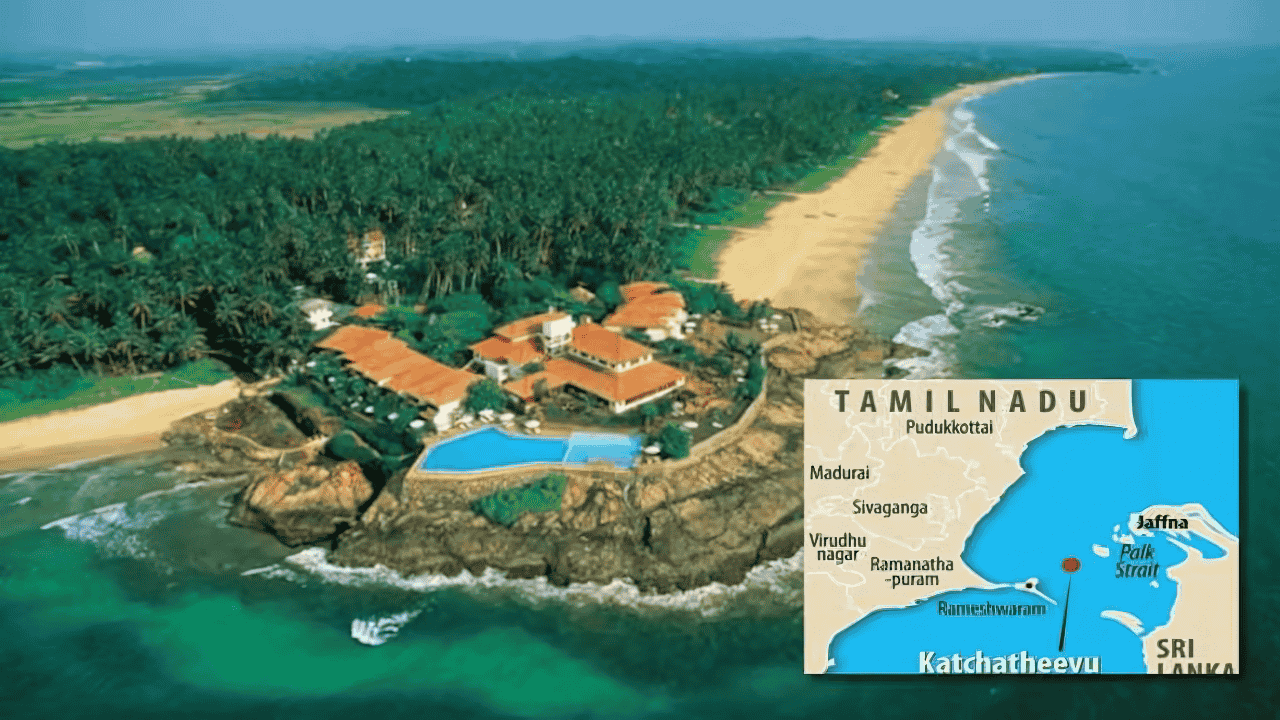Current Conflict Situation in West Asia
Scale of the Crisis
Geopolitical instability in West Asia is at its peak, with 8 out of 15 major countries facing active war or civil war for the past two and a half decades. The human cost is extremely severe:
366 million people live in these 8 conflict-affected countries
294 million (80%) people are directly living in war conditions
Over 1.2 million deaths in the past 25 years
More than 37 million people displaced
Classification of Regional Stability
The 15 countries of West Asia can be categorized into three groups:
Peaceful/Stable Countries (3):
Qatar
Oman
United Arab Emirates
Regionally Tense Countries (4):
Saudi Arabia – Fighting Iran-backed Houthi rebels in Yemen
Jordan – Stressed by the Israel-Palestine crisis
Kuwait – Strategic risk due to Iran-US confrontation
Bahrain – Caught between Iran-backed Shia unrest and Saudi pressure
8 Countries Involved in Active Conflict
1. Israel
The Gaza conflict flared up after the Hamas attack on October 7, 2023. Israel’s military actions have spread to Gaza, Lebanon, and Iran.
2. Iran
Leader of the "Resistance Front," Iran extends its influence in the region through its proxy networks (Hezbollah, Houthis).
3. Gaza/Palestine
Since October 2023, more than 47,540 Palestinians have been killed.
4. Lebanon
In September 2024, Israel weakened Hezbollah’s capability.
5. Iraq
Since 2014, fighting ISIS continues, along with Iran-US tensions.
6. Syria
After the Arab Spring in 2011, civil war broke out. In December 2024, the Assad government fell, and HTS’s influence increased.
7. Yemen
There are four governments here: Iran-backed Houthis, UAE-backed STC, government forces, and Al-Qaeda groups.
8. Turkey
Conflict between the Kurdistan Workers’ Party (PKK) and the military.
Strategic Importance of West Asia
Energy Resources and Economic Significance
West Asia’s strategic importance is due to its vast energy reserves:
48% of the world’s oil reserves are in this region
Iran alone has 12.1% of global oil reserves (fourth largest)
The region has more than 50% of proven oil reserves
Iran’s Special Status
Rare earth minerals: Lanthanum, cerium, neodymium, etc.
Strategic location between the Caspian Sea and the Persian Gulf
Second largest country in the region
Religious and Sectarian Divide
Iran: 95% Shia majority
Saudi Arabia: 90% Sunni majority
This religious divide deepens regional conflicts.
Role of Major Powers
Russia-Iran Cooperation
Cooperation in the nuclear reactor (Bushehr)
Sharing military technology during the Ukraine war
Diplomatic protection
US-Iran Nuclear Tension
2006: UN sanctions under US leadership
2015: Obama administration’s nuclear deal
2018: Trump administration withdrew from the deal, imposed strict sanctions
2025: Talks stalled, tensions persist
Recent Developments and Global Response
Military Deployment
Britain has deployed in the region:
Warship HMS Bullas
Typhoon fighter jets
Threat to Global Trade
Iran’s possible actions:
Threat to close the Strait of Hormuz
Warning by Houthi rebels to block the Suez Canal route
Impact on global oil supply and maritime trade
Strategic Importance for India
Energy security – Heavy oil imports from West Asia
Safety of Indian diaspora – Millions of Indian workers
Maritime security – Crucial sea routes for trade
Economic partnership – Increasing trade and investment
India maintains balanced relations with all sides.
Why This Matters for Your Exam Preparation
For UPSC Prelims
Geography:
Oil reserves, strategic straits, sea routes
Sectarian population distribution
Current Affairs:
Iran-Israel tensions
Fall of Assad government in Syria
India’s energy diplomacy
International Relations:
Proxy wars, alliances
Nuclear non-proliferation
Role of major powers
For UPSC Mains
GS-2 (International Relations):
India’s West Asia policy
Global impact of regional conflicts
Role of international organizations
GS-3 (Security):
Energy security
Maritime security
Economic impact of regional instability
Key Points for Competitive Exams
8 out of 15 West Asian countries in active conflict
294 million people living in war conditions
Iran holds 12.1% of global oil reserves
48% of world’s oil reserves in West Asia
Important Organizations:
Resistance Front (Iran-led)
Southern Transitional Council (Yemen)
Hay’at Tahrir al-Sham (Syria)
PKK (Turkey)
Strategic Locations:
Strait of Hormuz
Suez Canal
Persian Gulf
Caspian Sea
This comprehensive analysis is extremely important for UPSC, State PCS, SSC, Banking, and all competitive exams. For more related topics on international relations, visit Atharva Examwise.







